Expert introduction: Tu Chongqi, professor, chief physician, doctoral tutor, director of the Bone and Soft Tissue Tumor Center of West China Hospital of Sichuan University, director of Sichuan Medical 3D Printing Innovation Studio, director of Sichuan Orthopedics Center, Sichuan academic and technological leader, health Leader of Academic Technology.
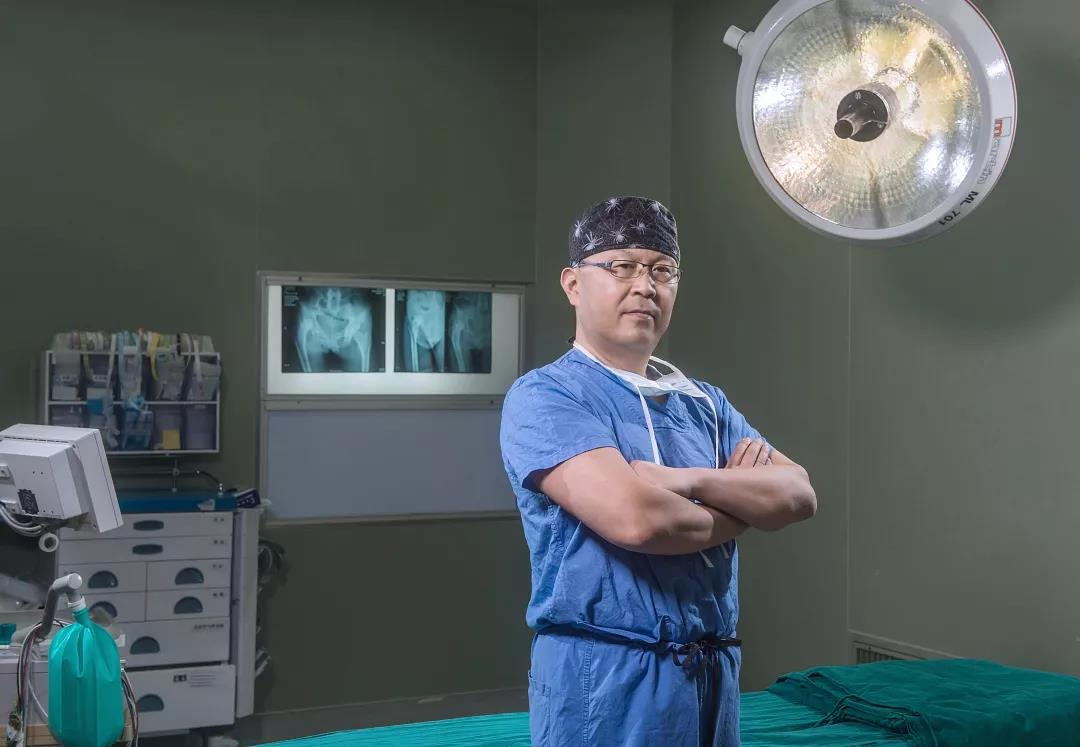
Trying to help young bone tumor patients return to society
Since graduating from the Medical Department of Shandong Medical University in 1986, Professor Tu Chongqi has been engaged in clinical work in the Department of Orthopaedics, West China Hospital, Sichuan University, and has spent thirty-three years as a white horse. At first, Professor Tu Chongqi was mainly engaged in joint and trauma surgery related work. He gradually developed a strong interest in the field of bone tumors since 1996. Therefore, in 1998, when he was divided into sub-professional groups in orthopedics, Professor Tu Chongqi chose malignant tumors of the bones and joints of his limbs as his life. Direction of the research.
Talking about the original intention of engaging in this field, Professor Tu Chongqi told reporters: "The specialty of bone tumors is different from other sub-disciplines of orthopedics. Young patients are the majority, and many young patients with bone tumors live very painful lives. In the end, the disease caused his wife and his family to die Examples abound. By working hard to cure patients and helping them return to society, this feeling is completely different. Unfortunately, there are also many bone tumor patients who fail to treat and eventually die, so I cherish this and take it seriously Work and hope to help these young patients eventually return to society and family. "
Malignant bone tumor specialty
The incidence of malignant bone tumors represented by osteosarcoma is very low, about 3 parts per million. This rare disease is also called "orphan disease", and its social attention and research resources are very limited. Professor Tu Chongqi said with emotion: "In the mid-1990s, at the beginning, I was the only one who focused on the field of bone tumors. Both surgery and chemotherapy lasted for nearly ten years. In the past ten years, we have witnessed many opportunities to survive. Of young bone tumor patients return to normal life, statistics show that the 5-year survival rate is about 60%. From this perspective, the work carried out by our department is very significant, and I sincerely feel moved and proud. "
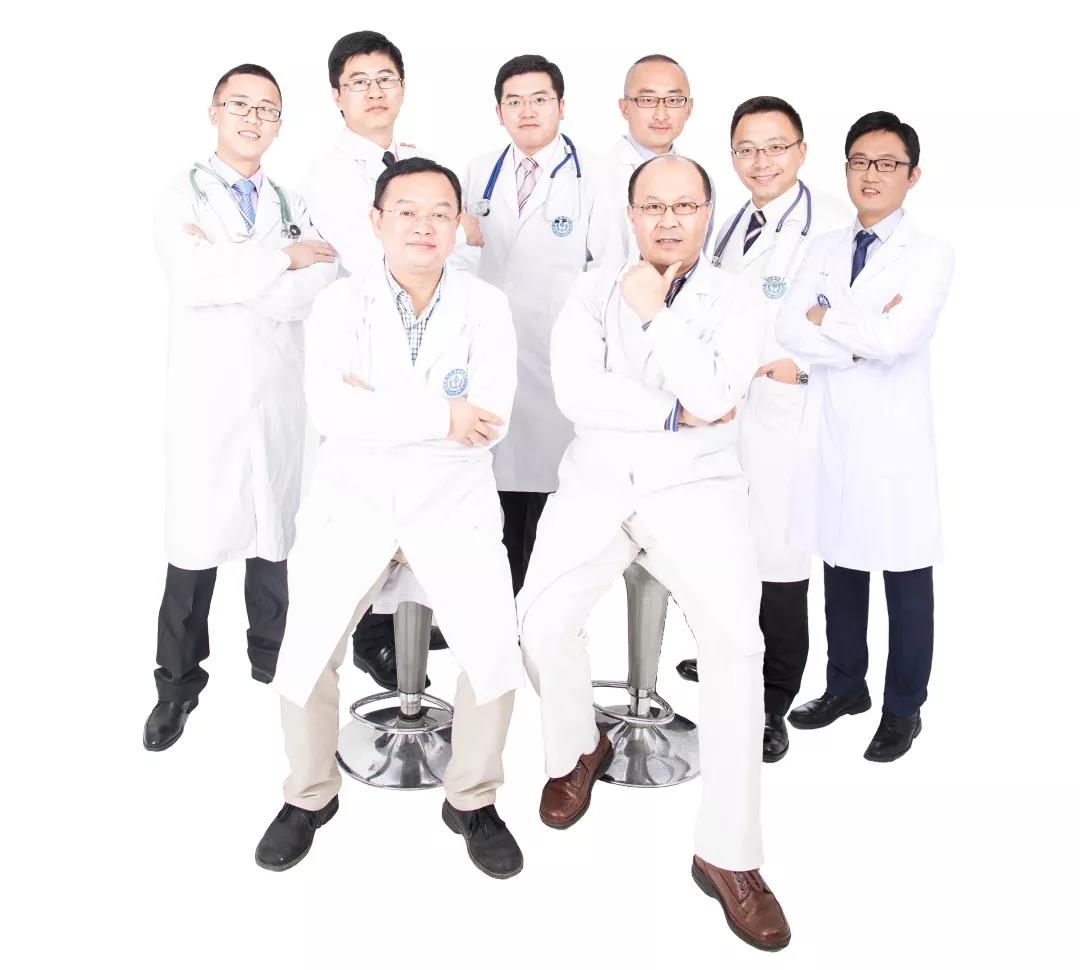
Professor Tu further reviewed the development of the Bone Tumor Center of the West China Hospital of Sichuan University: "In 1998, our team was completely independent and focused on the research of bone tumor metastasis mechanism. In 2002, it was subdivided into spine tumor and limb tumor professional groups; In 2012, the Southwestern Bone Metastasis Tumor Treatment Center was established. Since then, our team has grown stronger, step by step, to the scale of more than ten people now, in the field of bone tumor neoadjuvant chemotherapy, surgery, materials science, targeted therapy, etc. Research has been carried out at different levels to lay a solid foundation for subsequent development.
"3D printing reconstruction technology innovation exploration
"In the past, most patients diagnosed with osteosarcoma were amputated, and with the further development of preoperative chemotherapy + surgery + postoperative chemotherapy mode, currently osteosarcoma patients have the opportunity to retain limbs and functional reconstruction," Professor Tu Chongqi introduced, "As one of the most influential bone tumor diagnosis and treatment centers in western China, the West China Hospital of Sichuan University has officially implemented limb salvage technology from around 1996. For many years, it has been compounding artificial joints in bone tumor joint prostheses, allogeneic bone segments, and allogeneic bone segments (APC) has accumulated rich experience in reconstruction and implantation. Among them, 3D printed metal prosthesis reconstruction and placement technology is leading the country and the world. "
In October 2015, Professor Tu Zhongqi's team implemented the world's first "3D printed metal bio-type tibial prosthesis replacement limb salvage surgery". Currently, more than 100 3D printed metal bio-type prosthesis replacement limb salvage operations have been completed, and all have achieved satisfactory results. , In terms of surgical design, material selection, accurate interface design and load-bearing, are at the international leading level, published a number of papers and patents; in May 2018 was the lead to create the first "Sichuan Province Orthopedics 3D Printing Lamor Innovation Studio ".
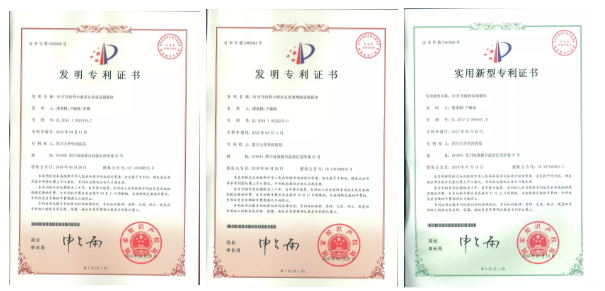
From left to right: Patent for invention of 3D printed bone-like trabecular porous bearing metal prosthesis; Patent for 3D printed bone-like trabecular porous bearing enhanced metal prosthesis; 3D printed distal radius prosthesis-Utility model patent
Professor Tu Chongqi pointed out that 3D printing originated from photographic sculpture and geomorphology in the United States. The first 3D printed titanium metal prosthesis came out in 2003. In 2010, the US Food and Drug Administration (FDA) first approved 3D printed metal prostheses to enter the clinic. In China, 3D printing technology has developed very rapidly in the medical field and has achieved cornering overtaking. "From 2014 to 2015, a few hospitals in China began to use biometal prostheses in orthopedic clinics, mainly in the spine and pelvis. Our center mainly studies the design of 3D printed artificial prostheses and metal trabecular prostheses for limbs and pelvis. We have solved many world difficult problems in limb protection technology so far: First, when the conventional forging technology cannot meet the requirements in special cases, the 3D printed joint shape fully meets the requirements of the design; second, the interface has bionics The trabecular meshwork structure can quickly achieve initial healing. Third, it meets the requirements of load bearing and initial stability. In theory, permanent healing can be achieved without breaking the 3D printed prosthesis. "
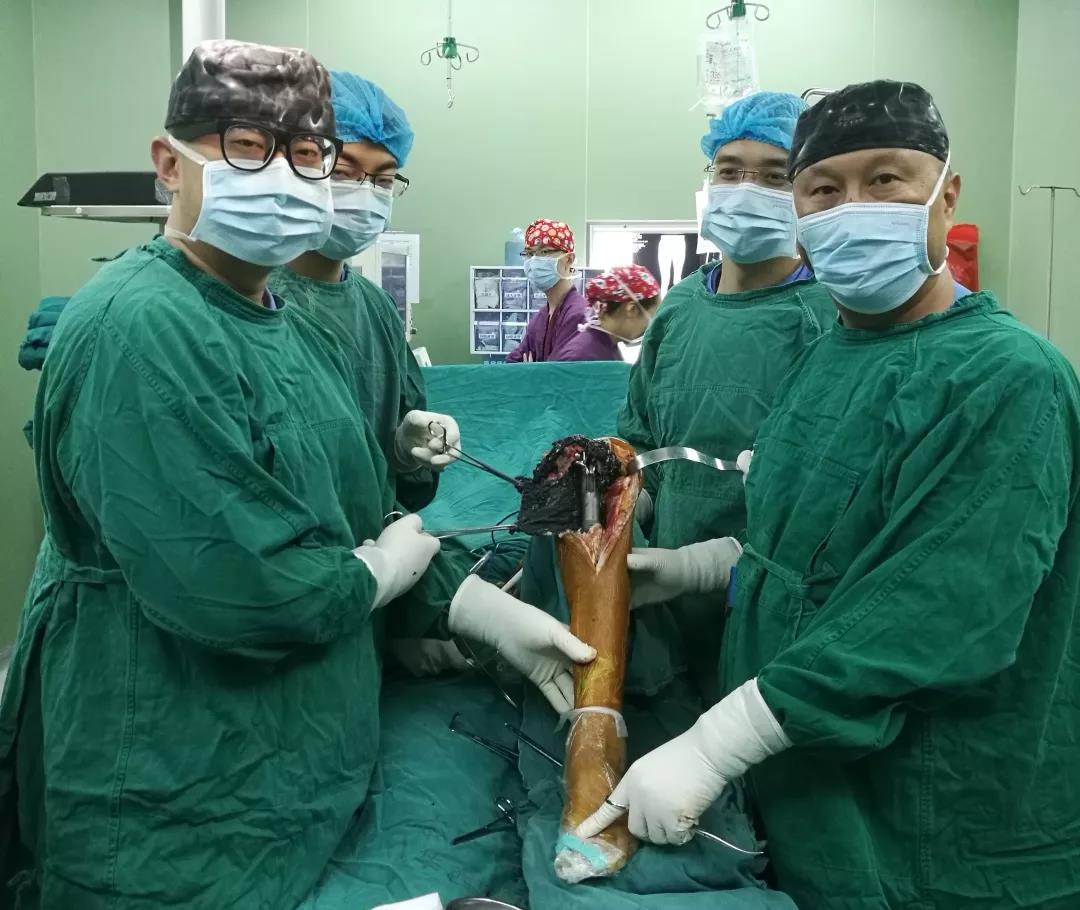
Drug treatment is still up and down
The treatment of osteosarcoma is a comprehensive treatment based on surgery. The 5-year survival rate of patients with progress in treatment has increased from the original 20% to 30% to the current 60% to 70%. Important factors are attributed to chemotherapy (including adjuvant chemotherapy and Neoadjuvant chemotherapy). However, the plateau of patient survival has emerged in the past decade, and progress in drug treatment in the field of osteosarcoma has faced many difficulties. "Because of the small number of patients and the consideration of economic benefits, few pharmaceutical companies are willing to invest huge scientific research costs to develop new drugs. Therefore, many drug treatments in the field of clinical osteosarcoma are hyperindication drugs. On the other hand, about half Osteosarcoma patients are not sensitive to chemotherapy and therefore involve the issue of dynamic observation and evaluation. "
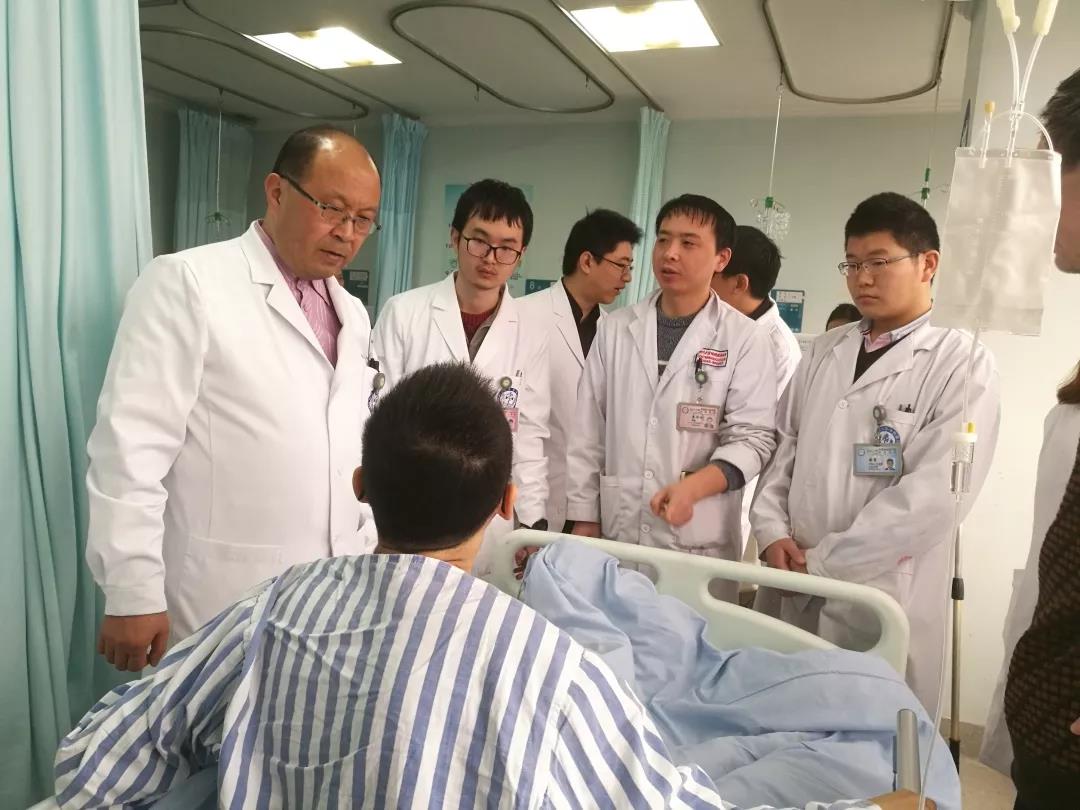
Professor Tu Chongqi said that there is still a lot of hope in the predicament. For cases of relapse or metastasis that have failed first-line chemotherapy treatment, seeking or adopting new targeted drug treatment may bring new opportunities for second-line treatment of osteosarcoma. "In recent years, the development of targeted drugs has been very rapid. The National Comprehensive Cancer Network (NCCN) guidelines have included some targeted drugs in osteosarcoma drug recommendations from 2017. There have also been multiple R & D of anti-angiogenic targeted drugs. On the market, including sorafenib, perazopanib, and anlotinib independently developed by China, etc., some of them have shown promising results in clinical research and exploration of advanced osteosarcoma and soft tissue sarcoma. The bottleneck brought a glimmer of light. "
"The new targeted drugs represented by anlotinib provide a new possibility for patients with clinically rare tumors such as osteosarcoma, especially those who are resistant to traditional chemotherapy drugs. I am very happy about this, and am The manufacturer bases itself on the treatment of diseases and expresses its sincere thanks to the humanitarian spirit of giving back to the majority of patients. "Professor Tu Chongqi told reporters:" In the clinical use of anlotinib, there is indeed a very good curative effect. Some progress has been made. In addition, anlotinib has also achieved good results in other types of sarcomas, such as hard fibroids, Ewing's sarcoma, acinar soft tissue sarcoma, and synovial sarcoma. Our team has carried out related studies. In the future, Whether we can move forward to first-line combined chemotherapy is a current idea. It is expected that the follow-up research can be successfully carried out and bring more inspiration to clinical practice. "